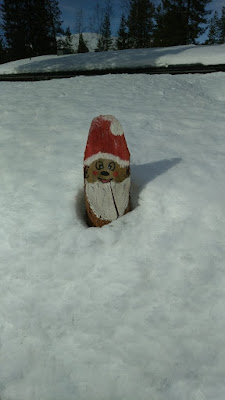My (climate change communication) wishes for 2019

Climate change has been present a lot in the national and international media landscapes this past year, even more than before, it seems. So much that sometimes one felt overwhelmed to keep up with all the news. Nevertheless, the Special Report from t he Intergovernmental Panel on Climate Change entitled Global Warming of 1.5°C has probably been the most present in the media as it highlights the short time-scale available for action to mitigate global warming and contain its consequences. Finland seems to be willing to accelerate the pace at which it will implement measures to fight against climate change and a task force published last week a report with their recommendations . Meanwhile in my home country Switzerland, legislators could not agree on a amended law on carbon dioxide emissions proposed by the government in order to respect the country's engagement in the Paris Agreement signed by 195 countries on 12 December 2015. (In the mean time the Trump administration has







